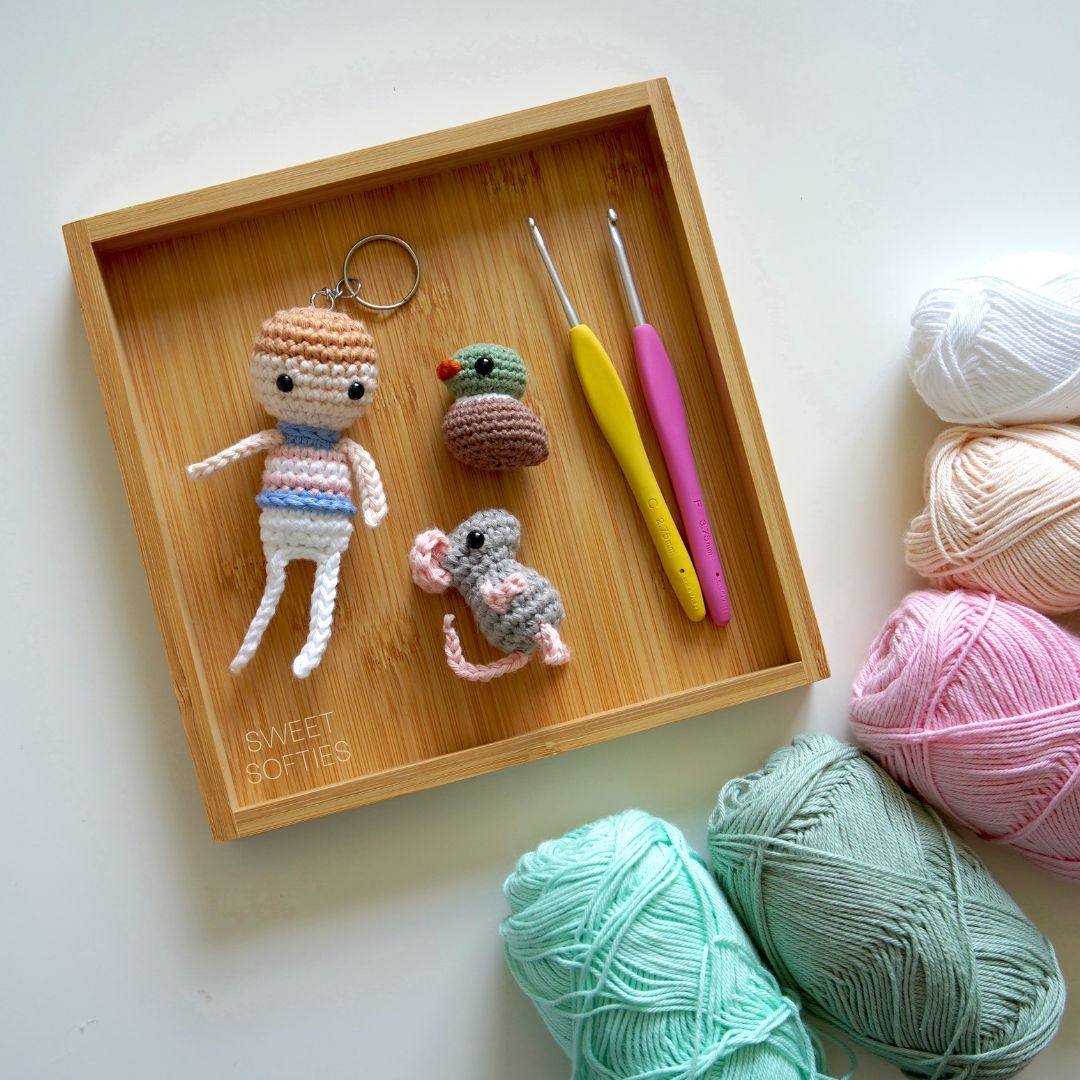Self-portraits, family portraits, and even memorial portrait have all benefited from the fresh perspective digital art has brought to the art world. Art production, dissemination, and exhibition have all been profoundly affected. In contrast to more conventional means of expression, the boundaries of time and location do not affect digital art. With traditional forms of expression removed as barriers, artists are liberated to experiment with novel artistic approaches.
One of the many advantages of using digital art is that it does away with many of the traditional media restrictions today. It seems conceivable that digital art will become a place of growing significance in the visual landscape as computing power advances.
1. Increased Accessibility: More people from more backgrounds and with a wider range of abilities will be able to create digital art as digital tools and platforms become more accessible and affordable. It means the art world will be more inclusive and diverse, reflecting a wider range of perspectives and aesthetic preferences.
2. New Forms of Expression: The release of new technologies means that artists will have greater opportunities to experiment with new forms of self-expression. For instance, artists may find new ways to exhibit their work by integrating VR and AR technologies.
3.Impact on Traditional Art Forms: Drawing and sculpture are two examples of conventional art forms that have been significantly influenced by digital art, and this tendency is projected to continue in the foreseeable future society.
One of the many advantages of using digital art is that it does away with many of the traditional media restrictions today. It seems conceivable that digital art will become a place of growing significance in the visual landscape as computing power advances.
An Overview of Digital Art
Digital art refers to any visual art created using digital means. Creating digital recreations of artworks on computers, tablets, and other devices is a part of this field. It doesn't require any art supplies, though. Instead, it relies on computer programs and other electronic aids. Artists can experiment with various approaches and production methods without being restricted by their tools. Digital artworks range from 2D computer-generated graphics to 3D models. It finds application in commercials, infographics, games, and animated features.Kinds of Digital Artwork
The term "digital art" refers to a wide variety of artistic expressions that are created via the use of digital tools. The following are some of the most well-known examples of digital art:Digital Painting
This strategy is playing around with digital tools to create a painting that looks like a traditional painting but benefits from using digital technologies. When working on a computer, artists can access numerous tools, including brushes, colors, and effects.Pixel Art
Creating artwork this way requires using pixels, which may be considered color squares of varying sizes. Pixel art is frequently employed in video games and has a recognizably old-school look and feel.Vector Art
Creating art this way entails using vector graphics, representations of images derived from mathematical equations. Because it is possible to scale vector art without causing any loss in quality, it is ideally suited for graphic design elements such as logos, icons, and other similar elements.3D Modeling
Making digital 3D models of things or people this way requires dedicated software. Games, movies, and animation are just a few mediums that can benefit from 3D models.Digital Collage
Creating a new work of art from a compilation of digital photos. Digital collage frees artists from the constraints of conventional collage materials, allowing them to experiment with images and techniques freely.
Tools and Techniques for Creating Digital Art
To be able to create works of digital art, one needs to be proficient in a wide variety of software programs and production techniques. The following is a list of some of the most common ones that are brought up:Digital Drawing Tablets
These are electronic tablets that facilitate the use of a stylus pen on a digital canvas. To simulate a more realistic drawing experience, several drawing tablets incorporate built-in screens of varying sizes and resolutions.Digital Painting Software
This category contains digital painting software like Adobe Photoshop, Corel Painter, and the recently released Procreate. Artists can express their individuality by using the applications' customizable brushes, textures, and other tools to produce unique works.3D Modeling Software
Games, movies, and other digital media increasingly rely on 3D models, and these applications make it possible for artists to build such models. Wireframing, texturing, and rendering are all steps in the 3D modeling process.Vector Graphics Software
These applications are used to make high-resolution, scalable digital illustrations. Scaling vector graphics up or down does not affect the quality of the image because mathematical equations are used instead of individual pixels.Animation Software
The use of such software facilitates the production of animated features, television programs, and advertisements. To simulate motion, animators generate and play back a series of static images in fast succession.The Impact of Digital Art on the Future of Society
The future of digital art seems bright and could have profound effects on our society. The following are a few examples of how digital art will continue to influence society:1. Increased Accessibility: More people from more backgrounds and with a wider range of abilities will be able to create digital art as digital tools and platforms become more accessible and affordable. It means the art world will be more inclusive and diverse, reflecting a wider range of perspectives and aesthetic preferences.
2. New Forms of Expression: The release of new technologies means that artists will have greater opportunities to experiment with new forms of self-expression. For instance, artists may find new ways to exhibit their work by integrating VR and AR technologies.
3.Impact on Traditional Art Forms: Drawing and sculpture are two examples of conventional art forms that have been significantly influenced by digital art, and this tendency is projected to continue in the foreseeable future society.






.jpg)

.jpg)



